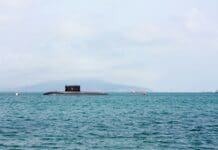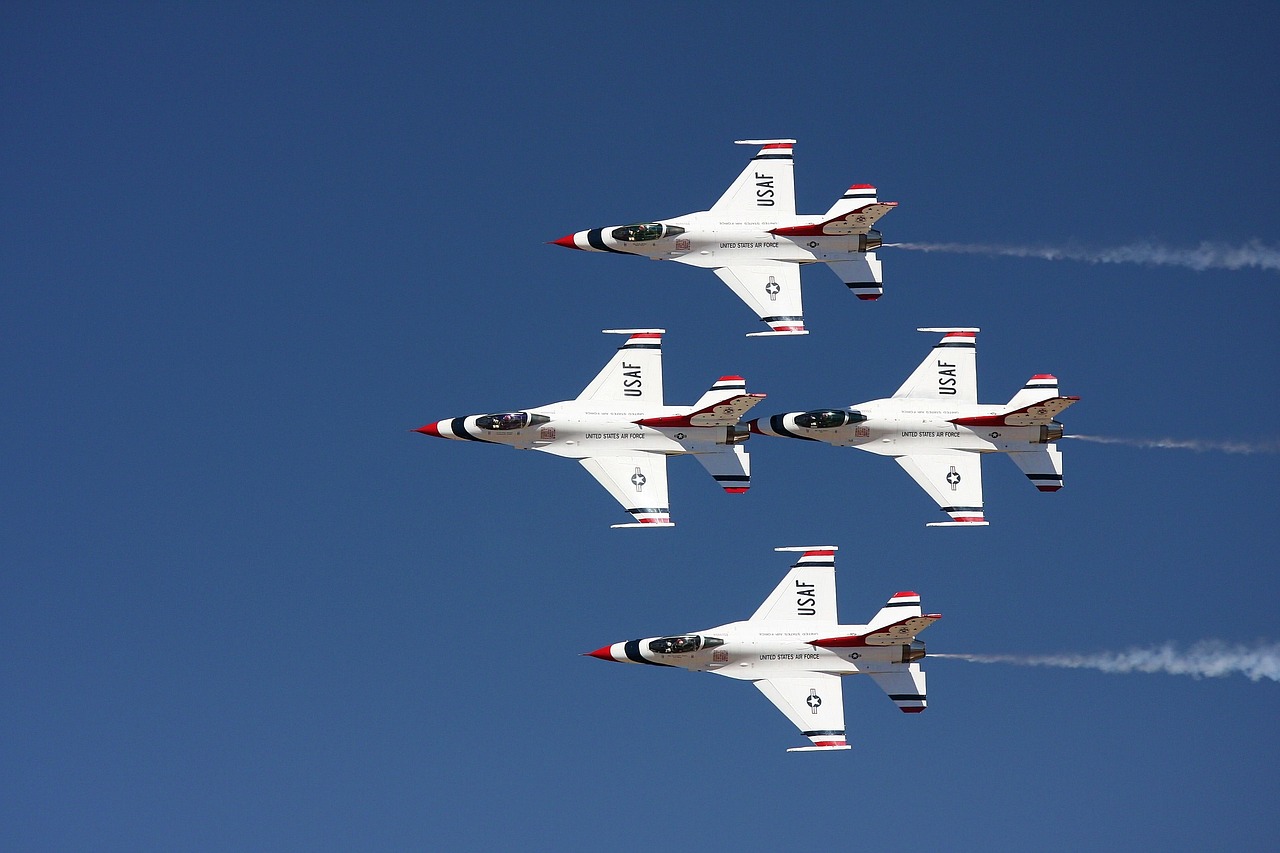This post is also available in:
 עברית (Hebrew)
עברית (Hebrew)
The U.S. Department of Defense (DoD) is investing $5 million in a Florida-based startup, NUVIEW, to advance the development of space-based LiDAR technology. The funding, provided through the DoD’s National Security Innovation Capital program, is aimed at enabling the company to build a prototype for a next-generation LiDAR payload designed for satellite use.
LiDAR, or Light Detection and Ranging, is a powerful technology that uses laser pulses to generate highly detailed, three-dimensional maps of Earth’s surface. Unlike traditional methods, LiDAR can even penetrate dense vegetation, providing clear images of the terrain beneath. This capability makes it particularly valuable for intelligence, defense, and environmental monitoring applications.
According to The Defense Post, the funding marks a key milestone in NUVIEW’s long-term vision to deploy a network of LiDAR-equipped satellites in orbit. Once operational, the satellite constellation could support a variety of uses, ranging from military and defense applications to commercial and environmental monitoring. By using space-based sensors, the company aims to provide global data that can enhance the ability to monitor changes on Earth’s surface.
The investment comes as U.S. officials push for alternatives to foreign-made LiDAR systems, particularly those sourced from China. Lawmakers have raised concerns about national security risks associated with relying on foreign suppliers for such critical technology. In response, NUVIEW’s CEO, Clint Graumann, has emphasized the importance of advancing domestic LiDAR capabilities to reduce dependence on foreign systems, a point that was underscored by U.S. Senator Rick Scott in a speech on the Senate floor in July 2024.
Integrating commercial LiDAR data into government operations could provide more flexibility and reduce reliance on external sources. While NUVIEW has not yet announced a timeline for launching its first satellite, the DoD’s investment signals a significant step toward strengthening the U.S. space-based sensing infrastructure.


























